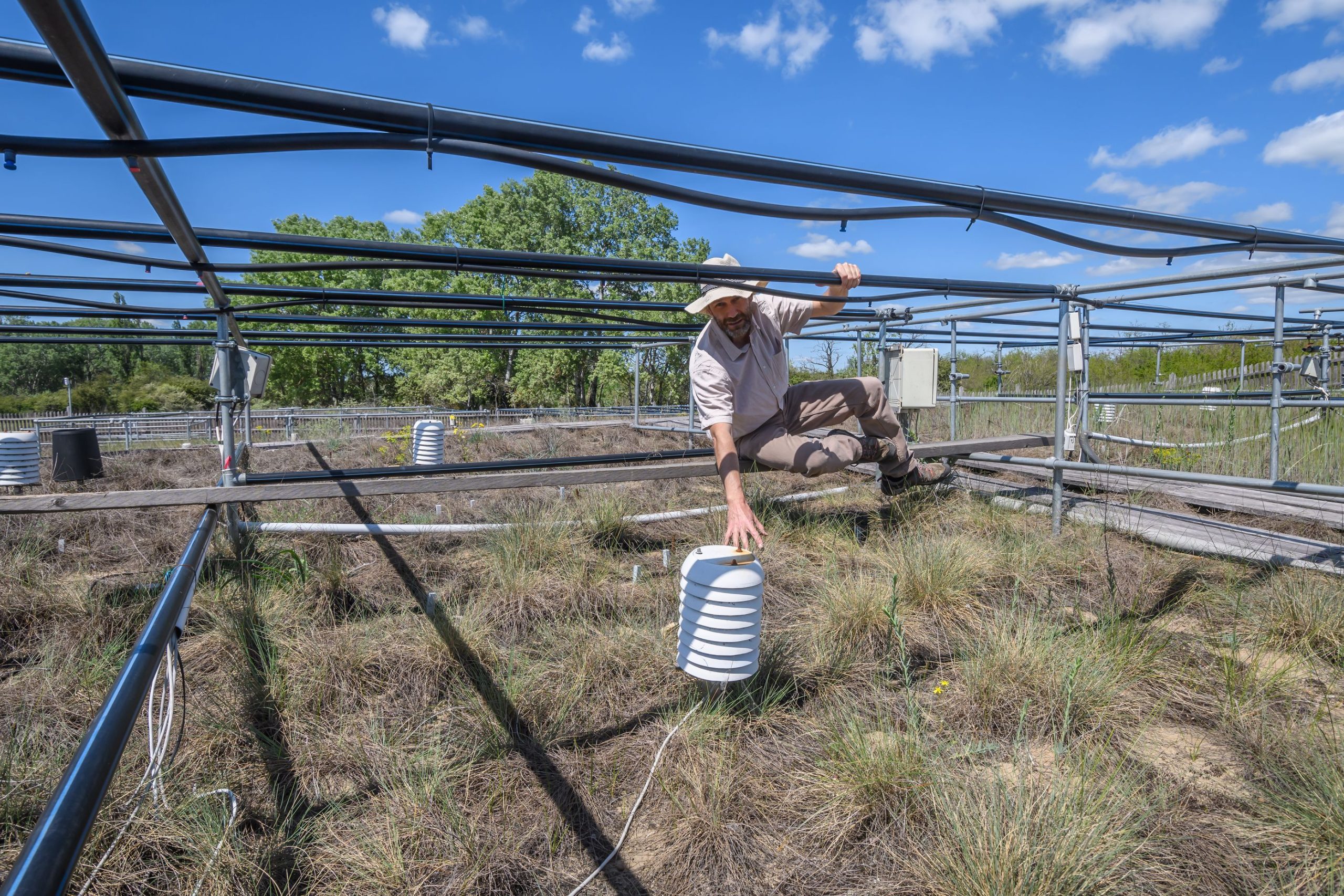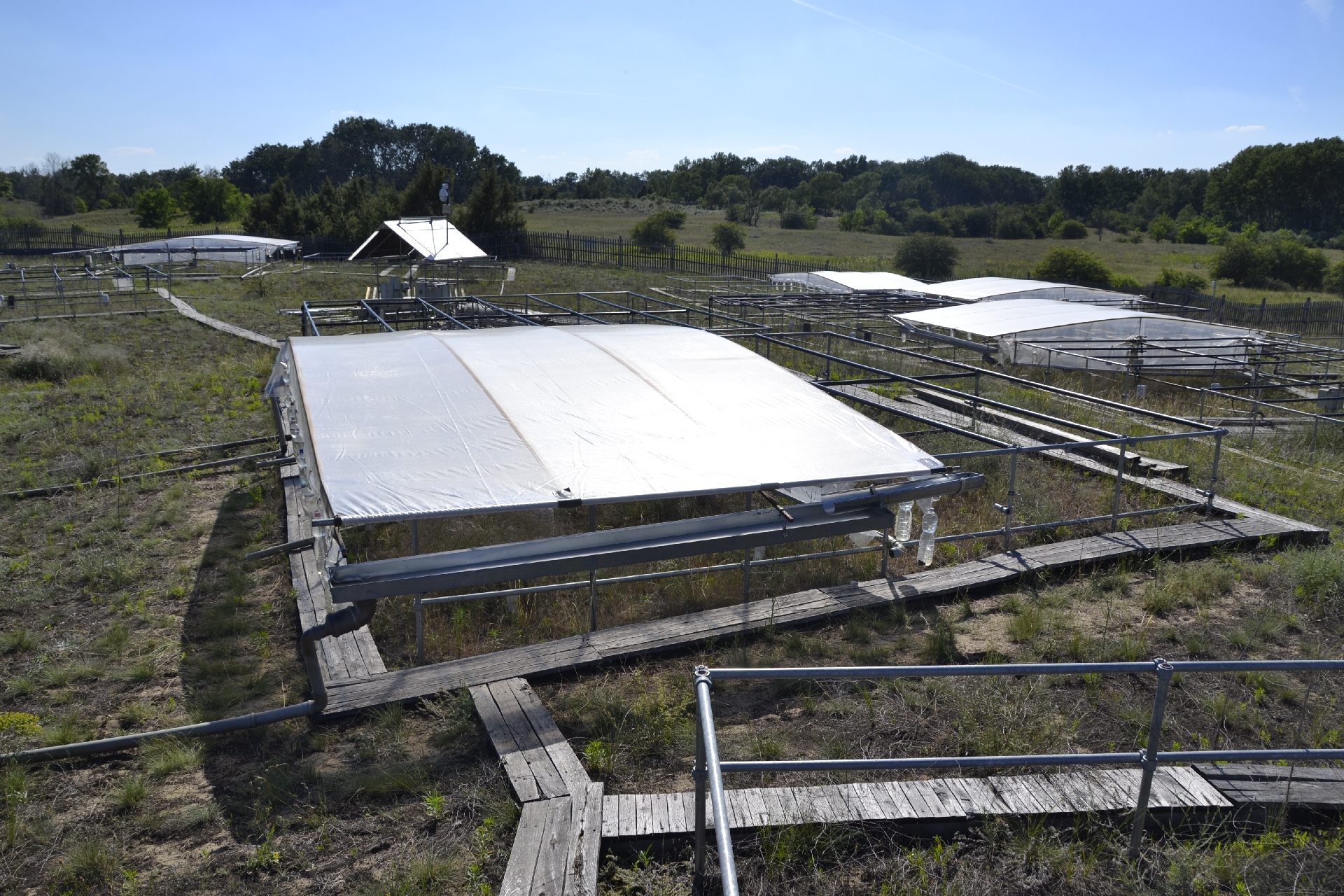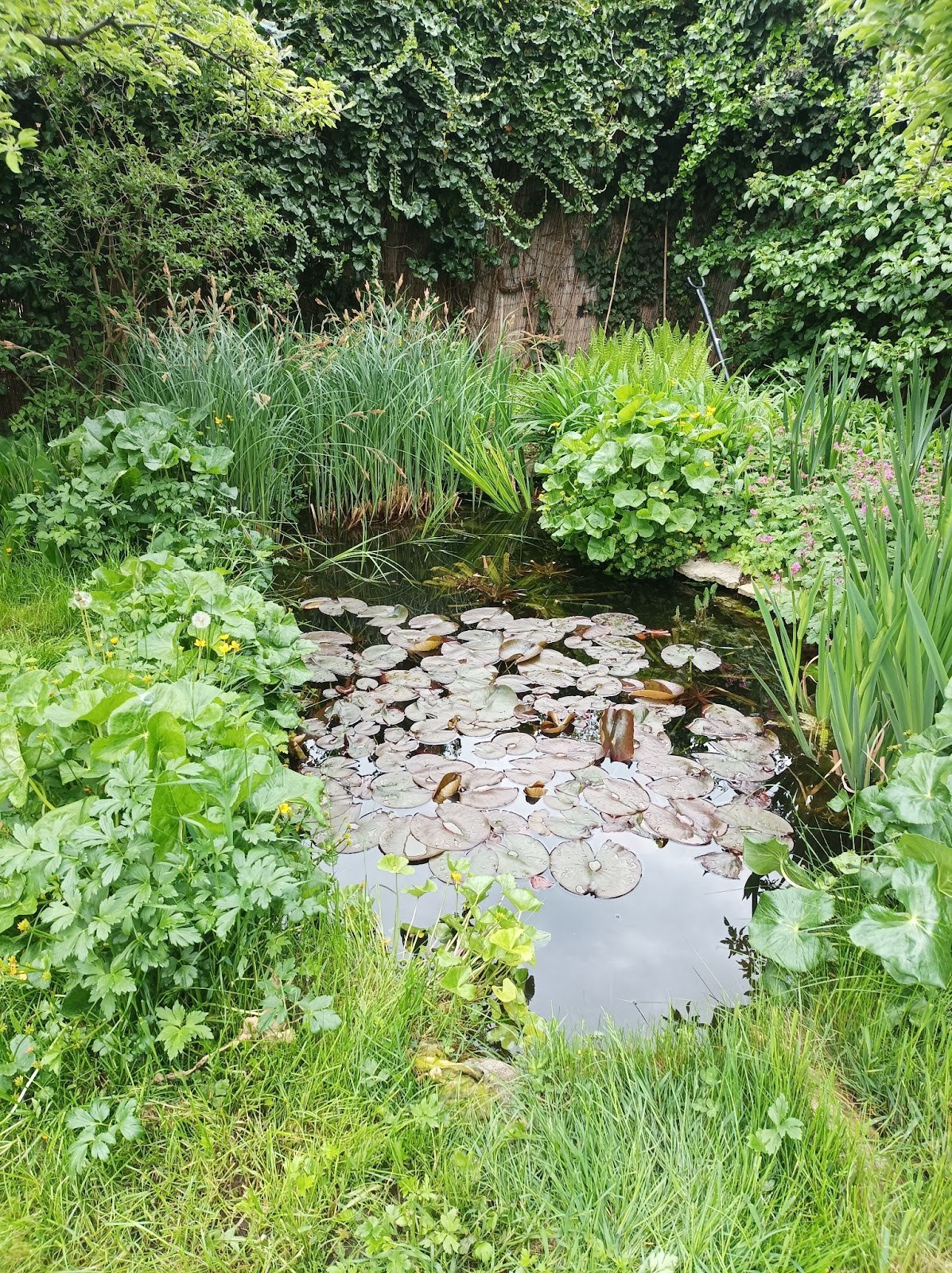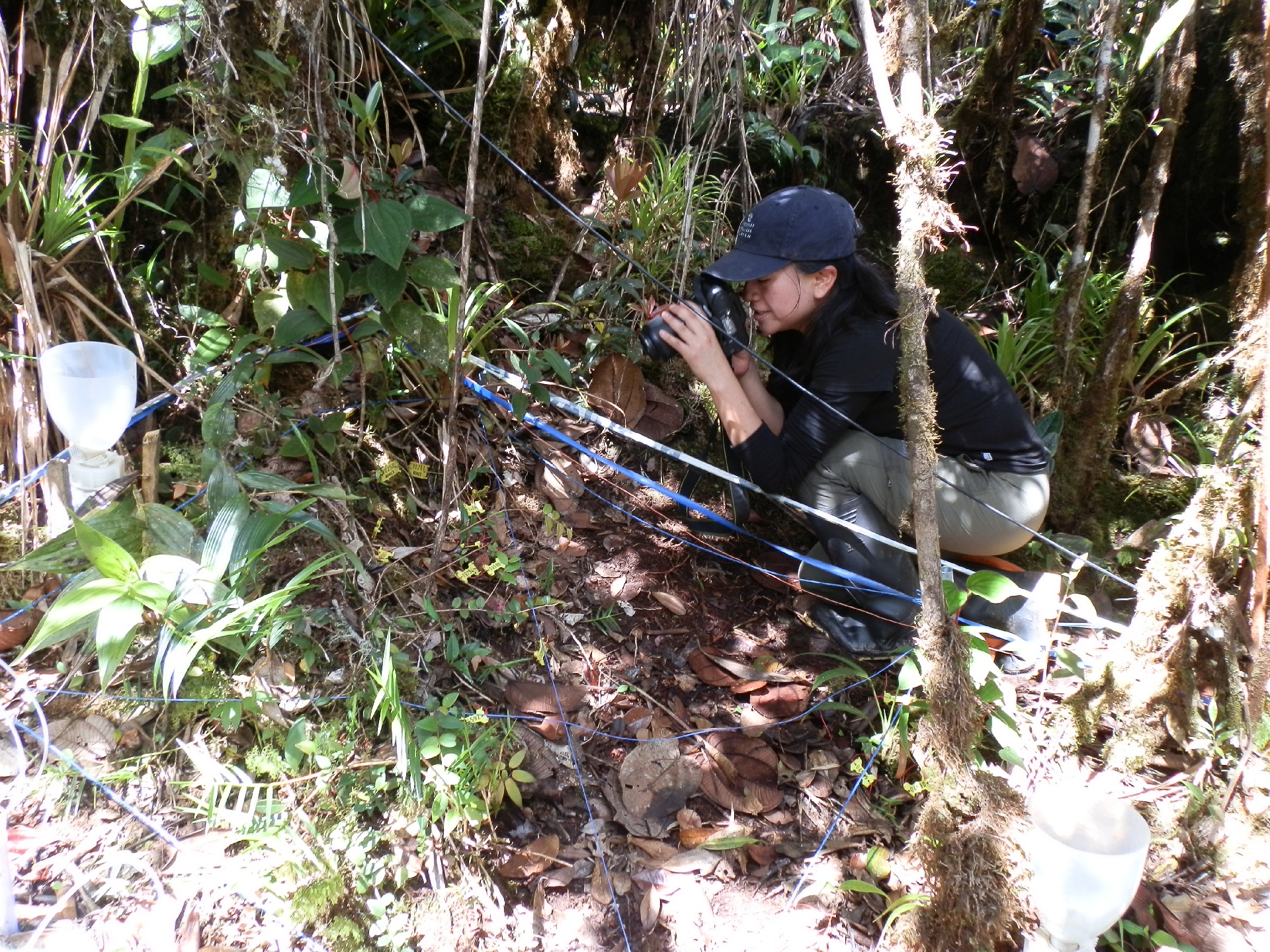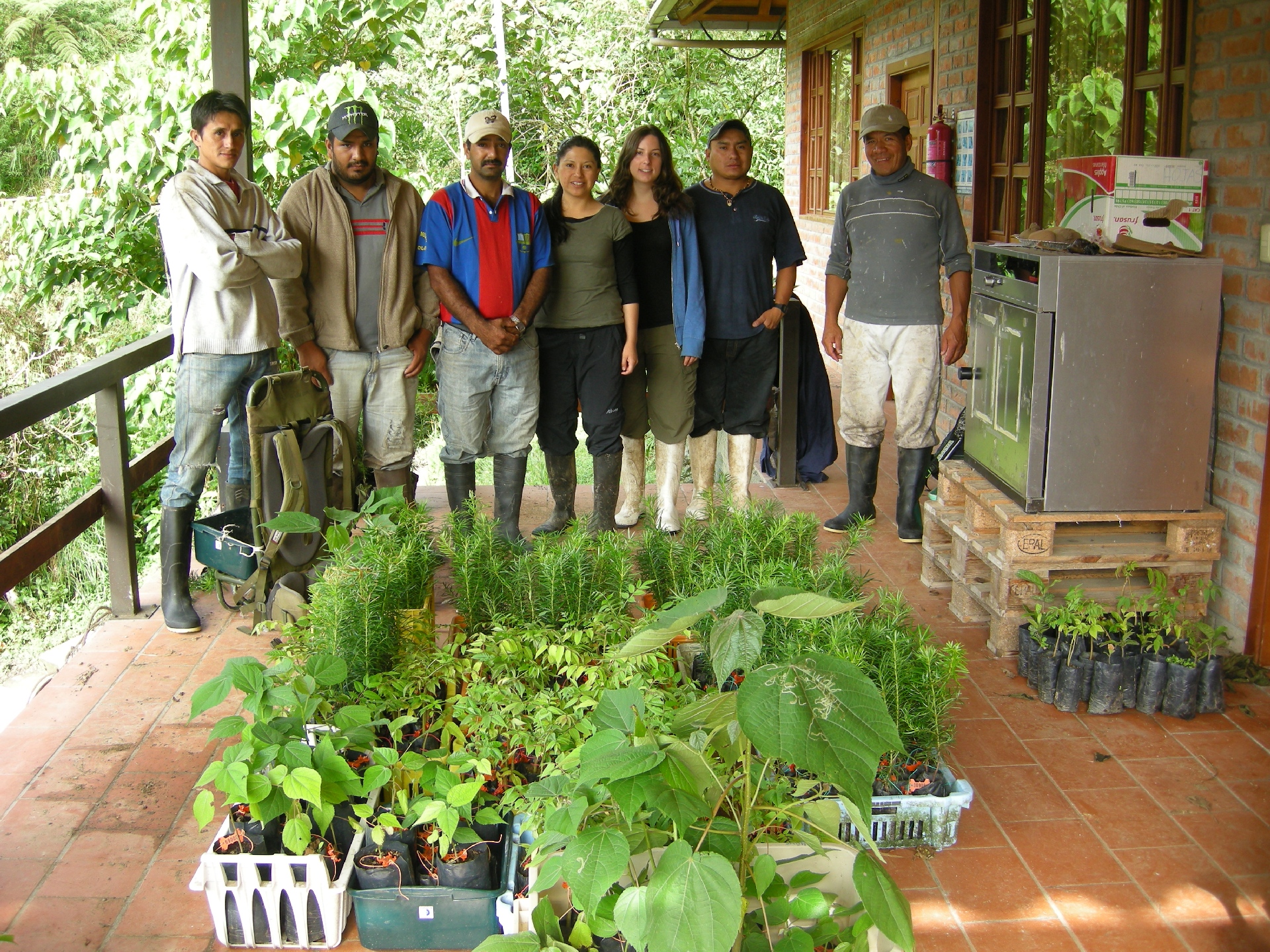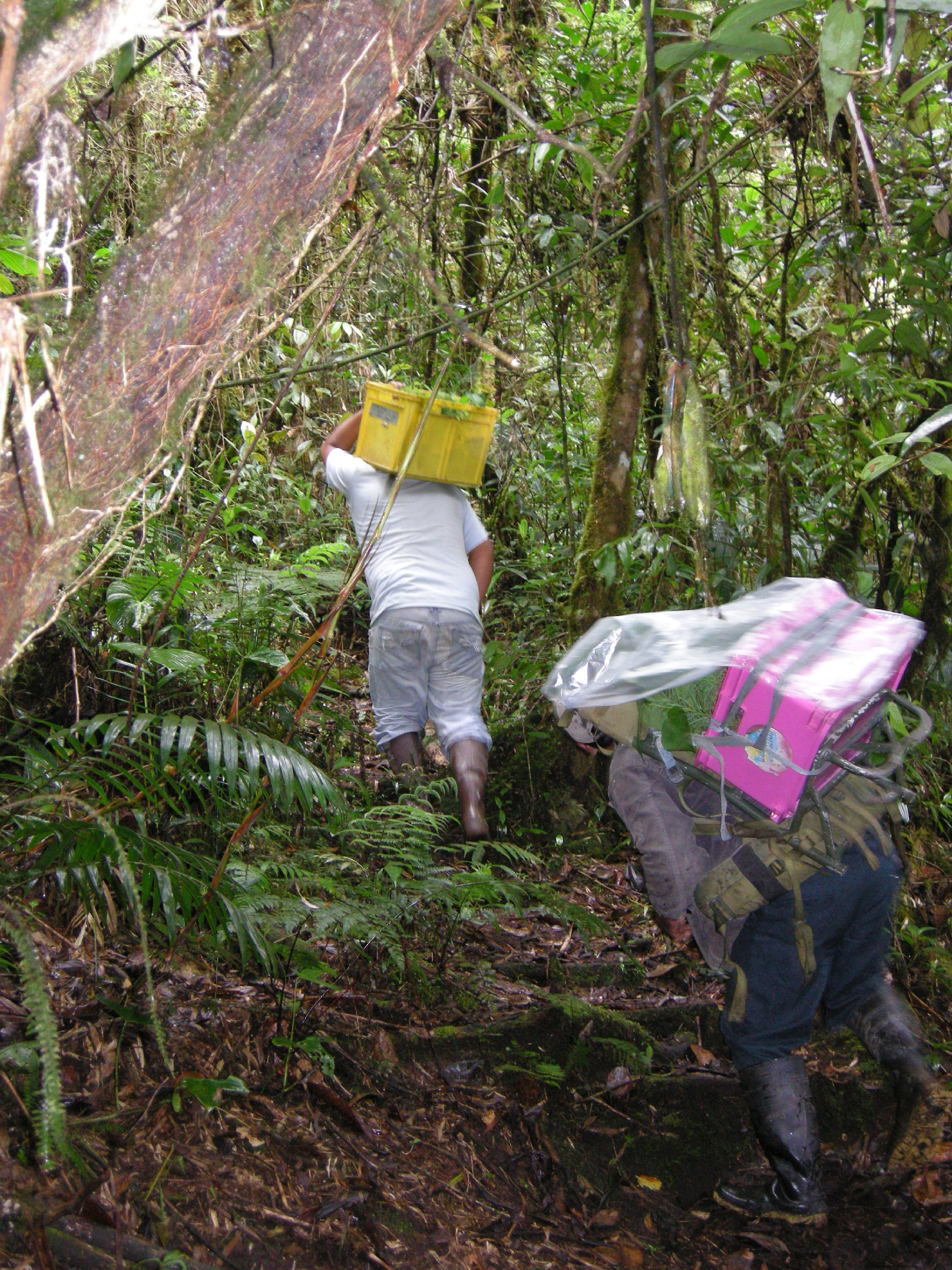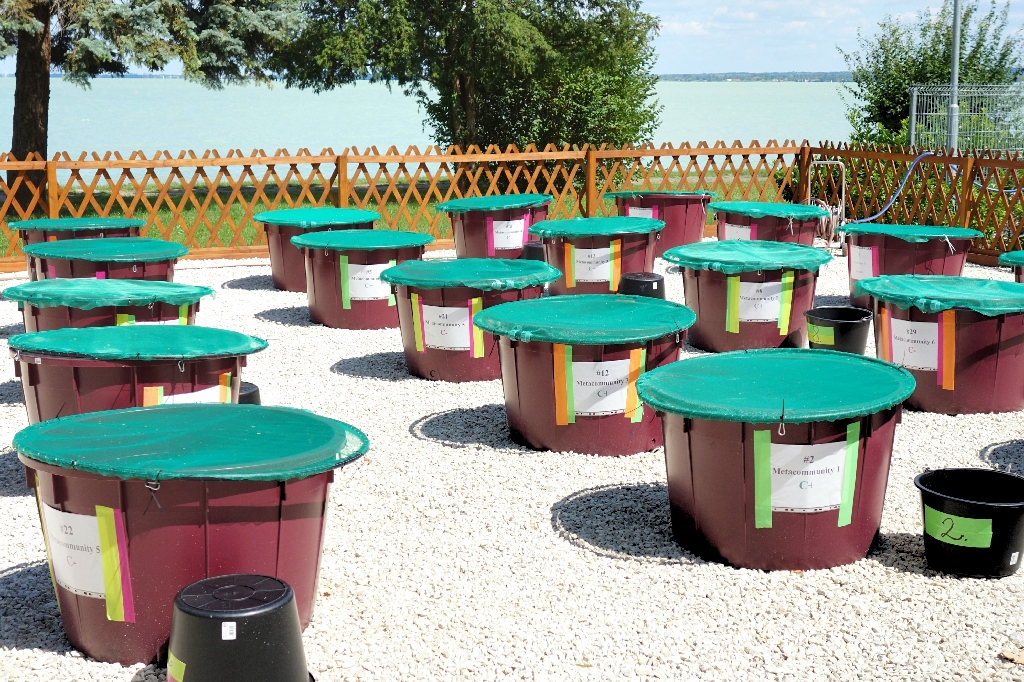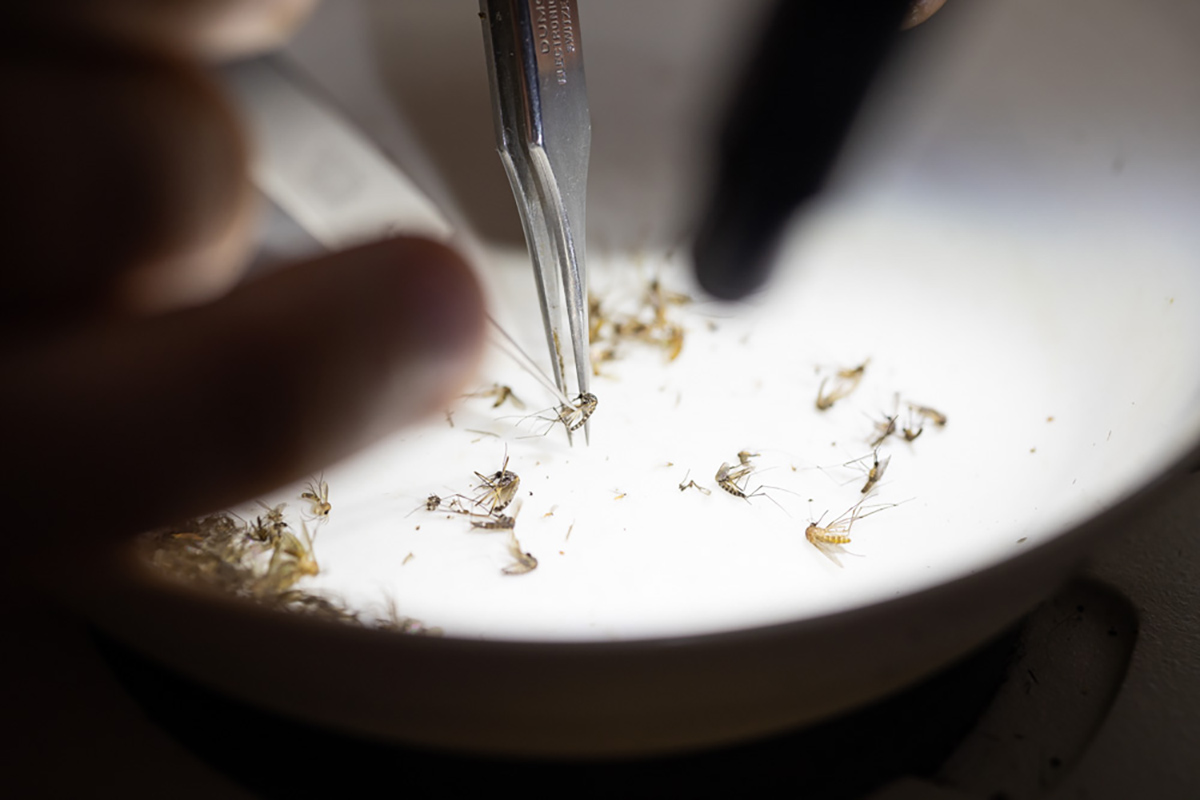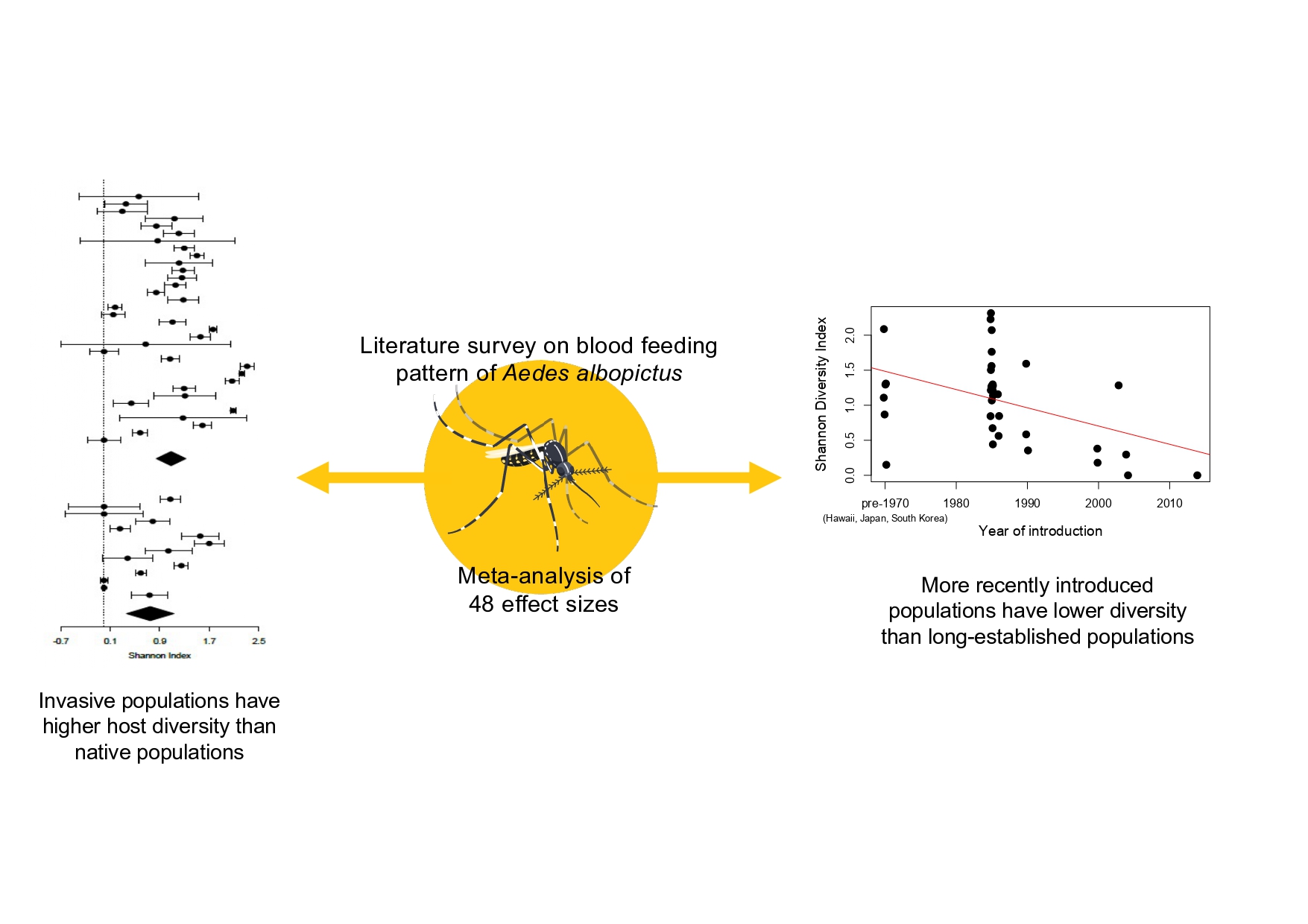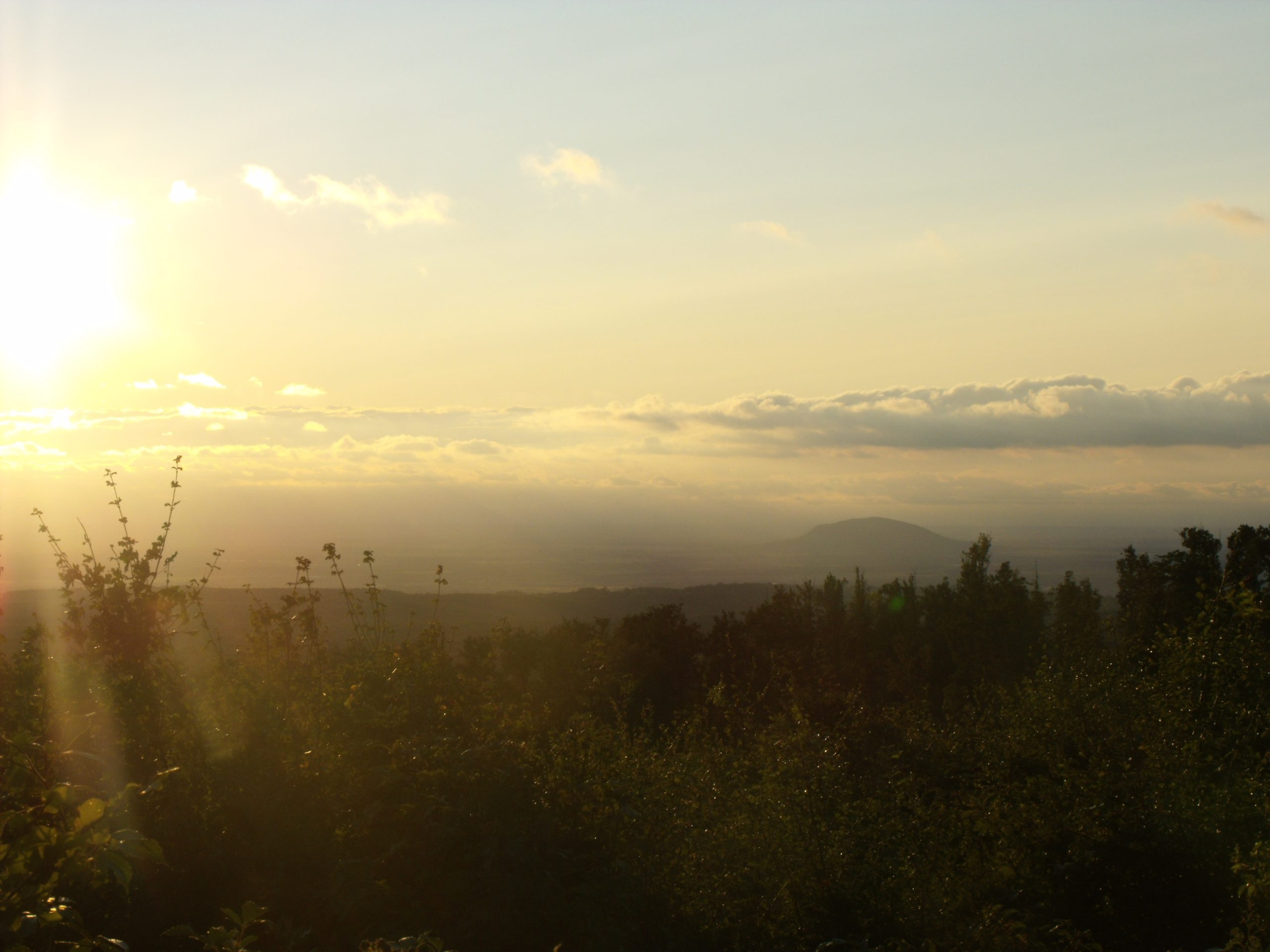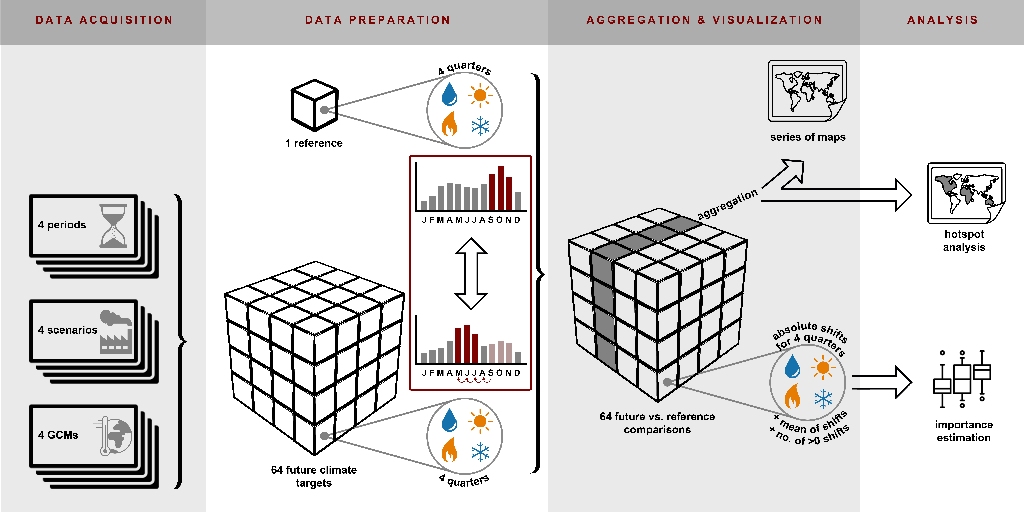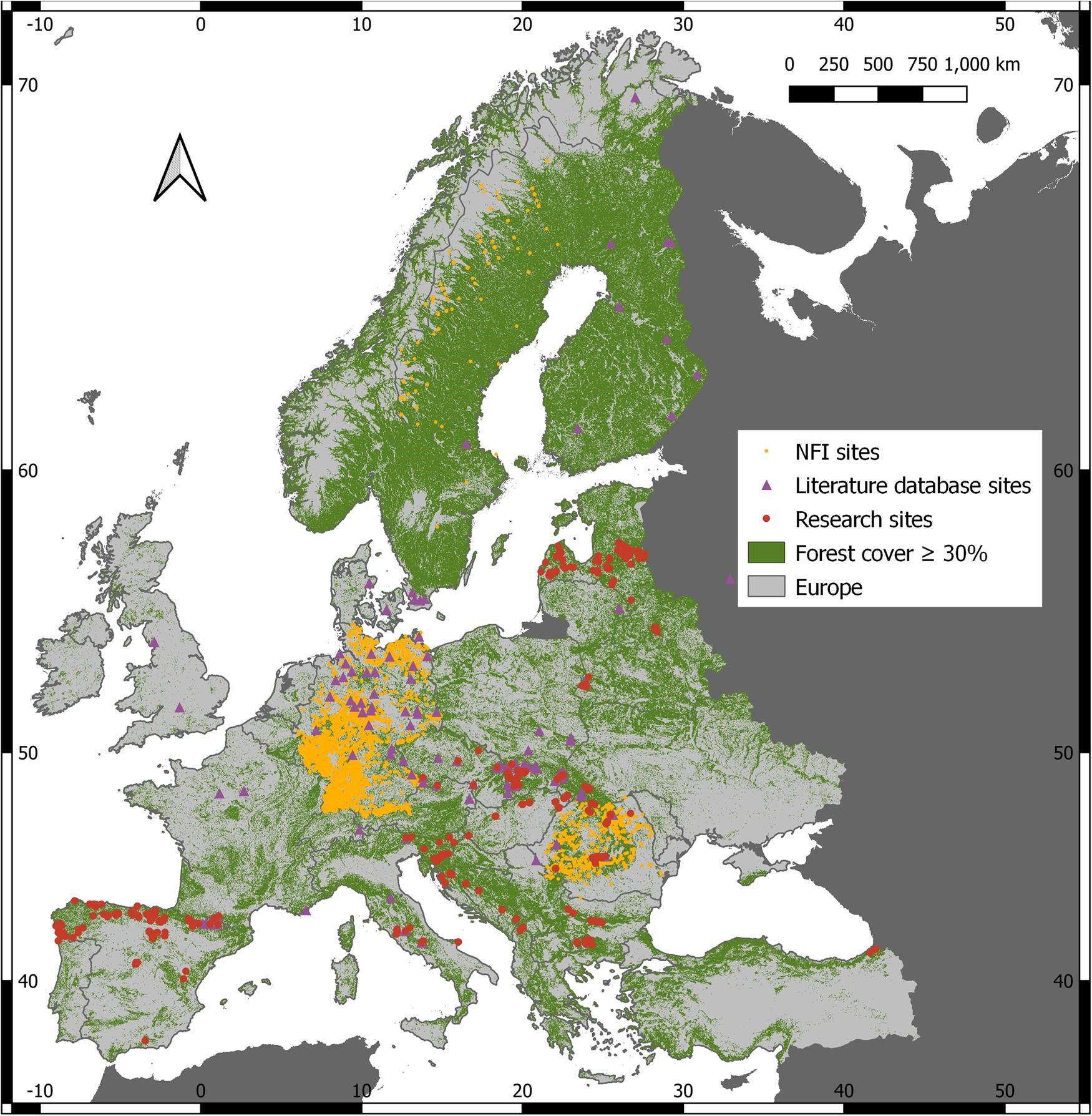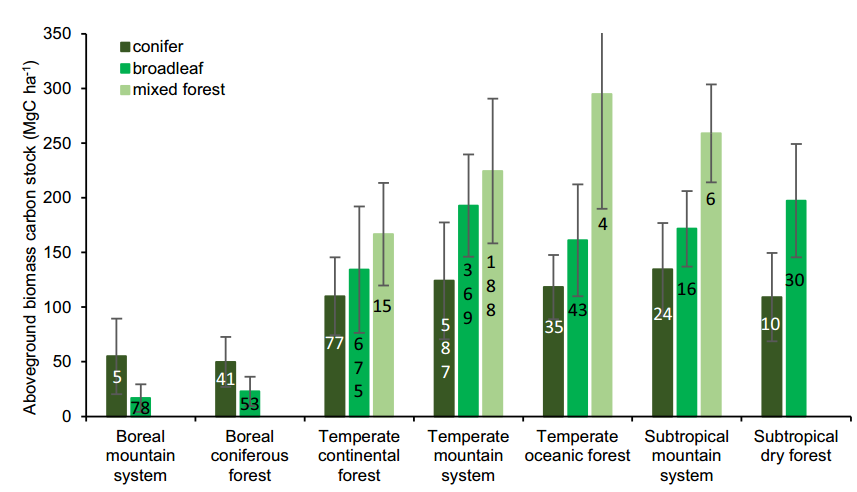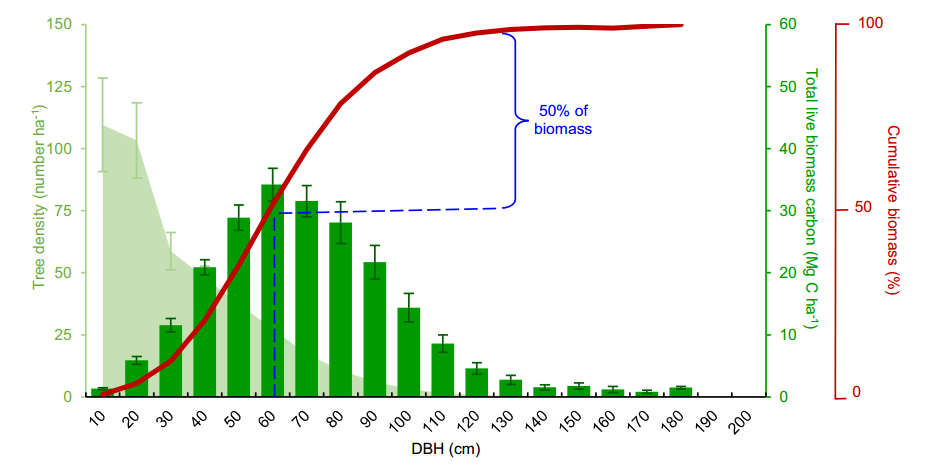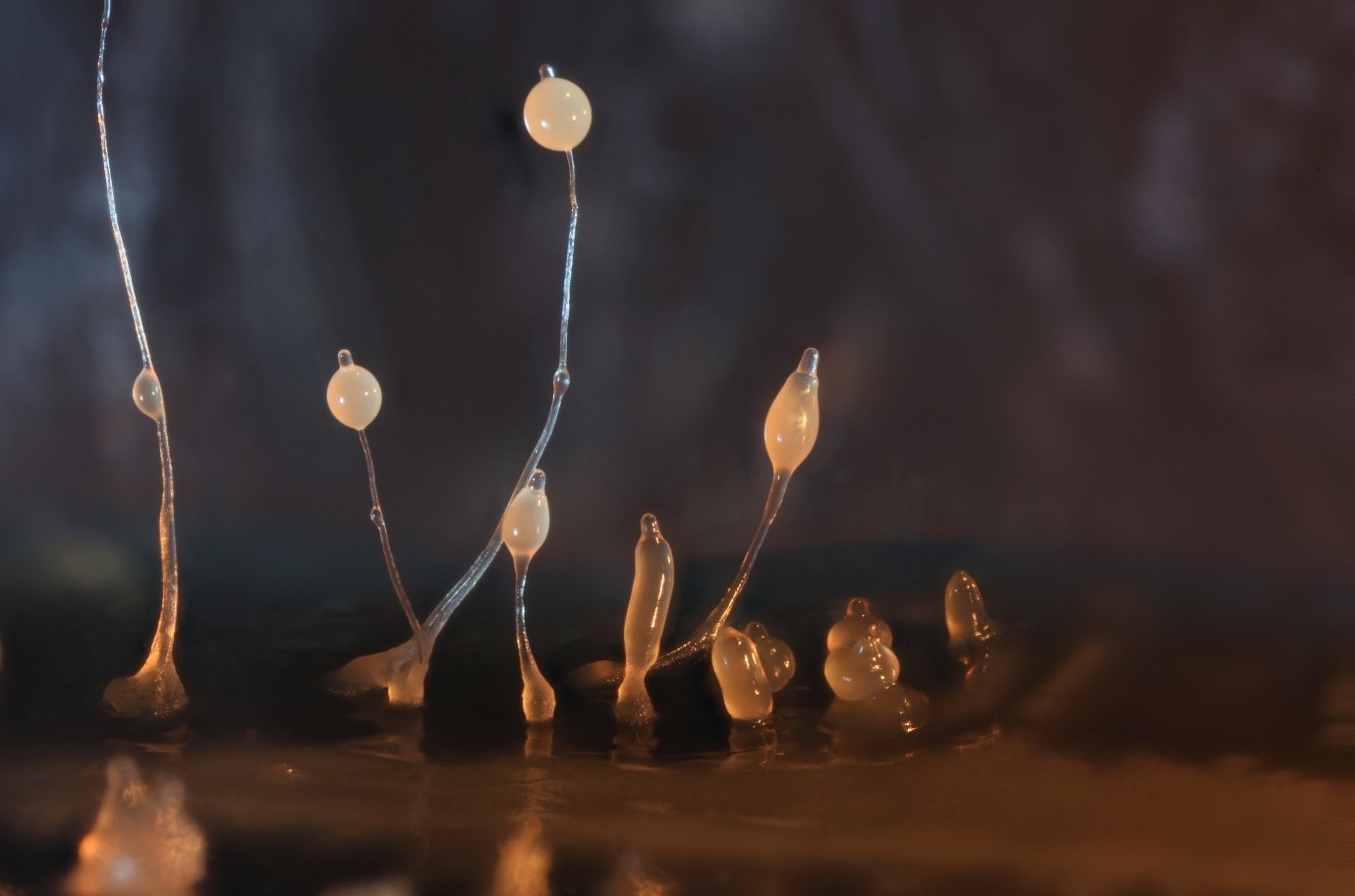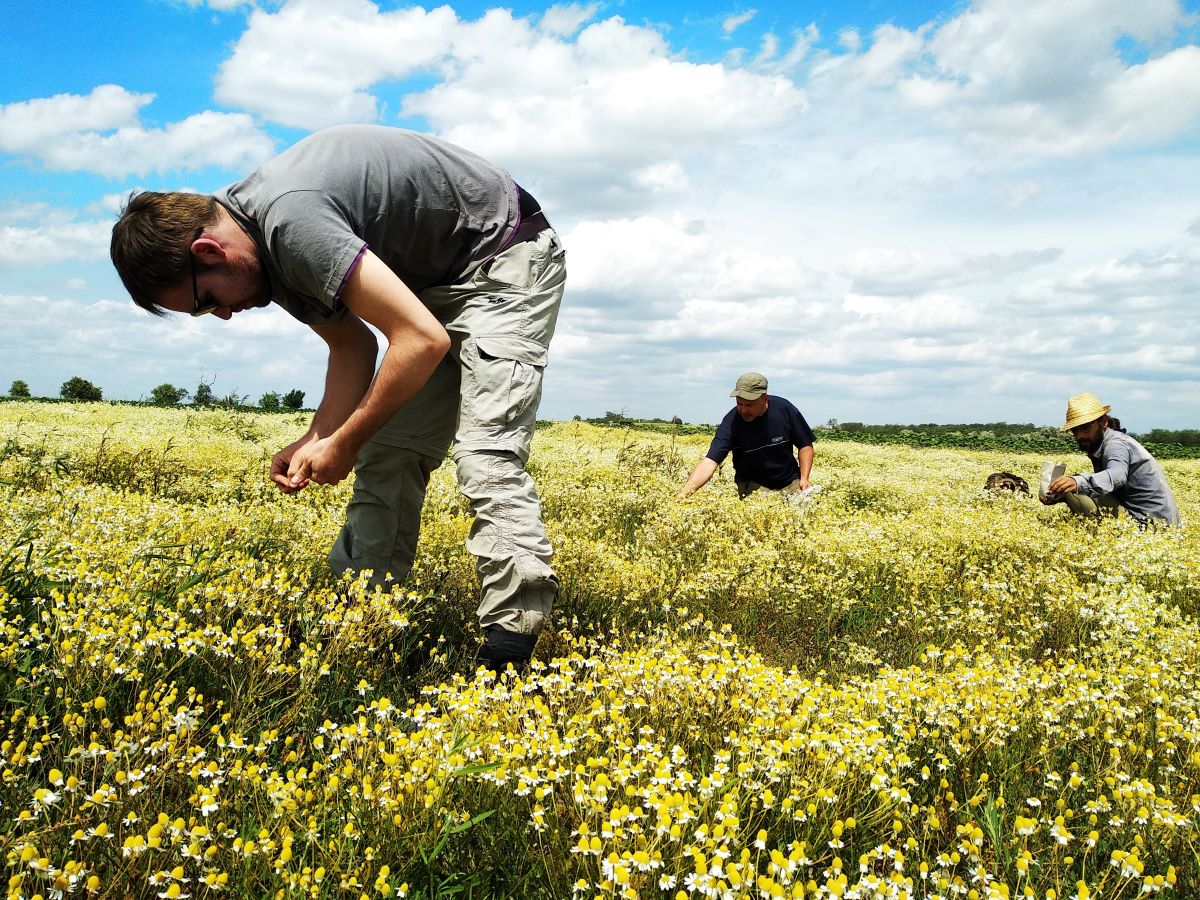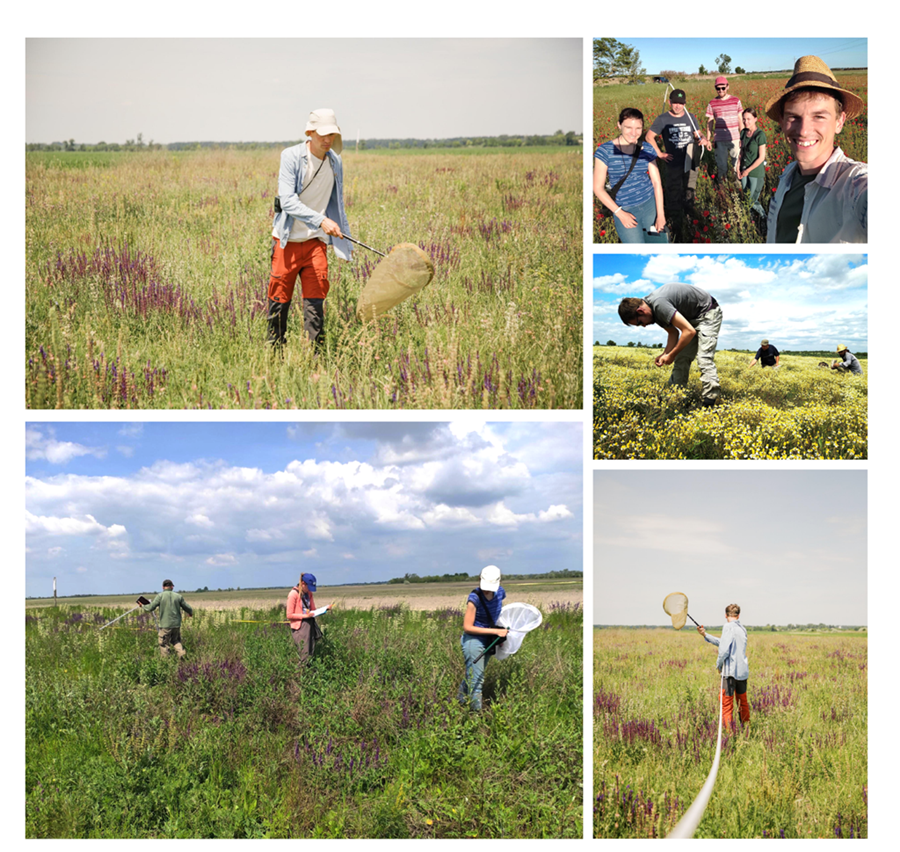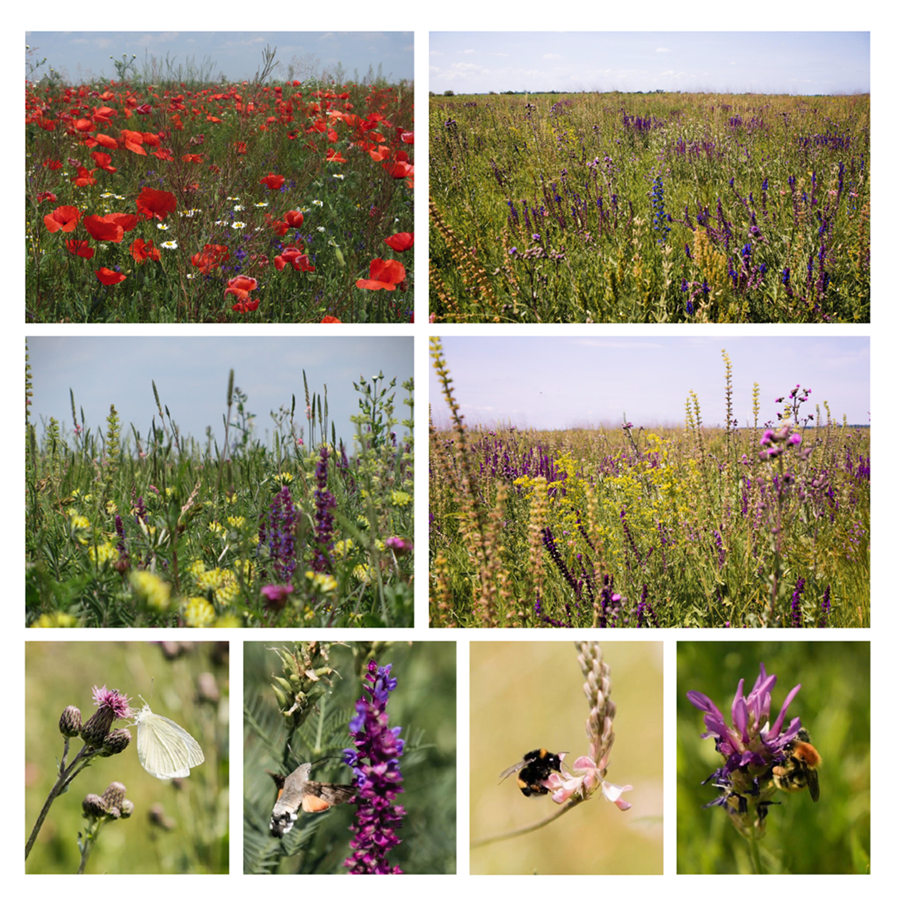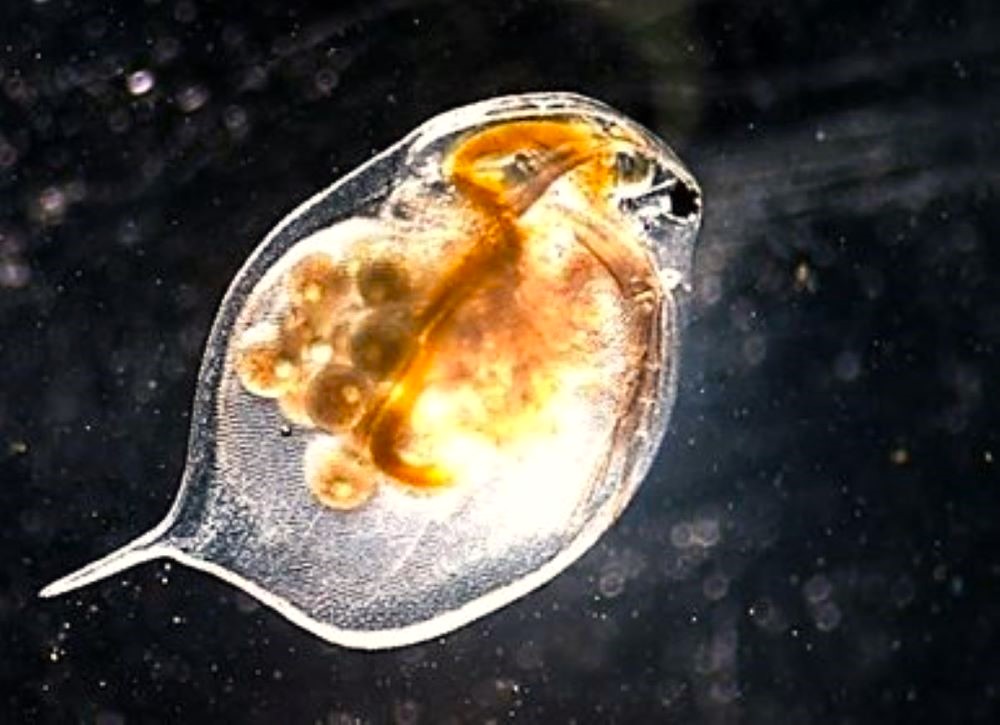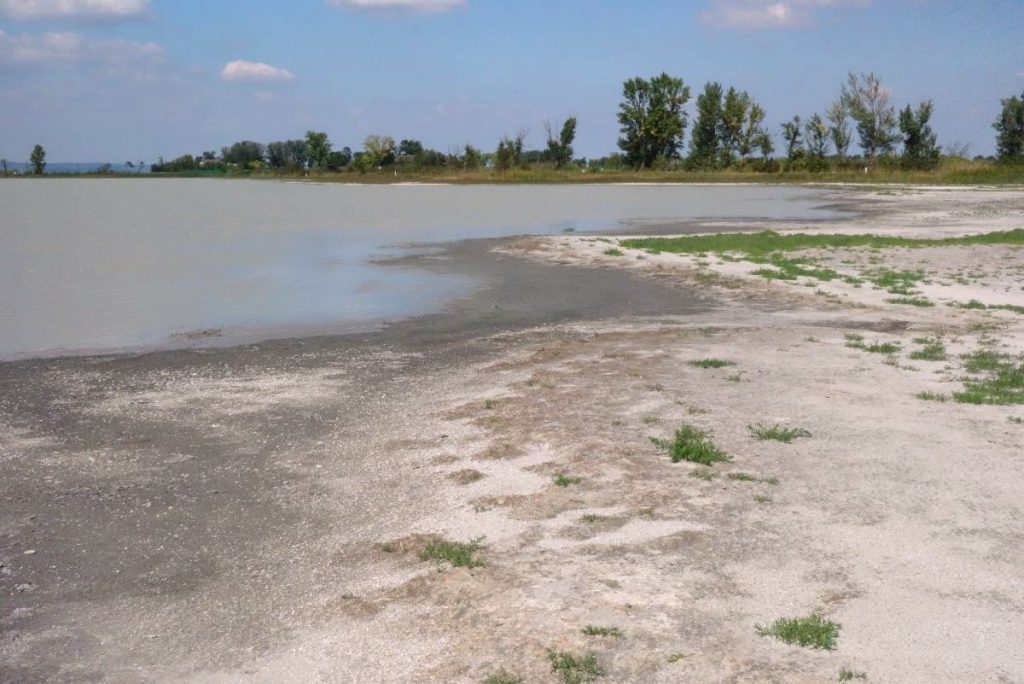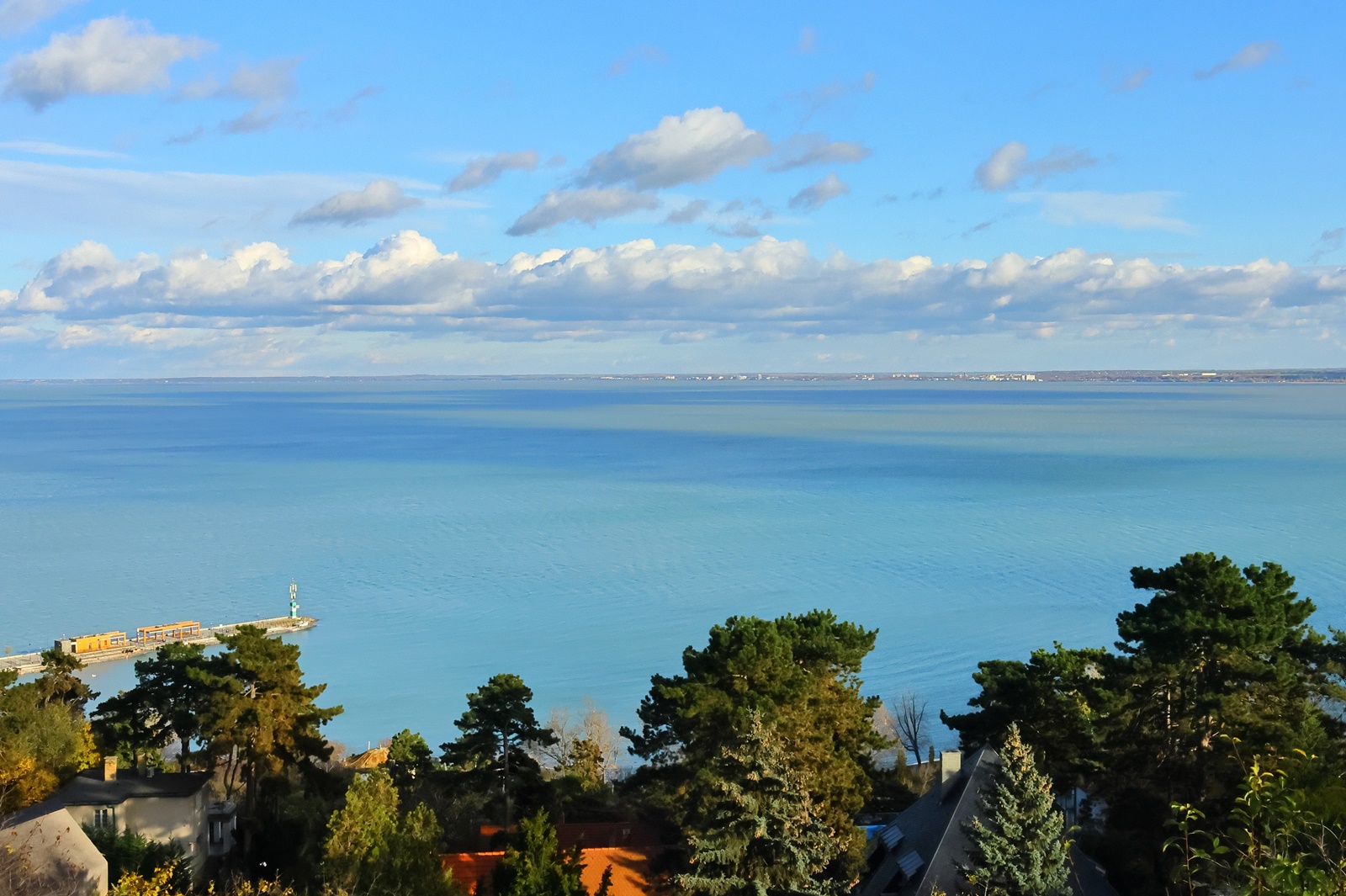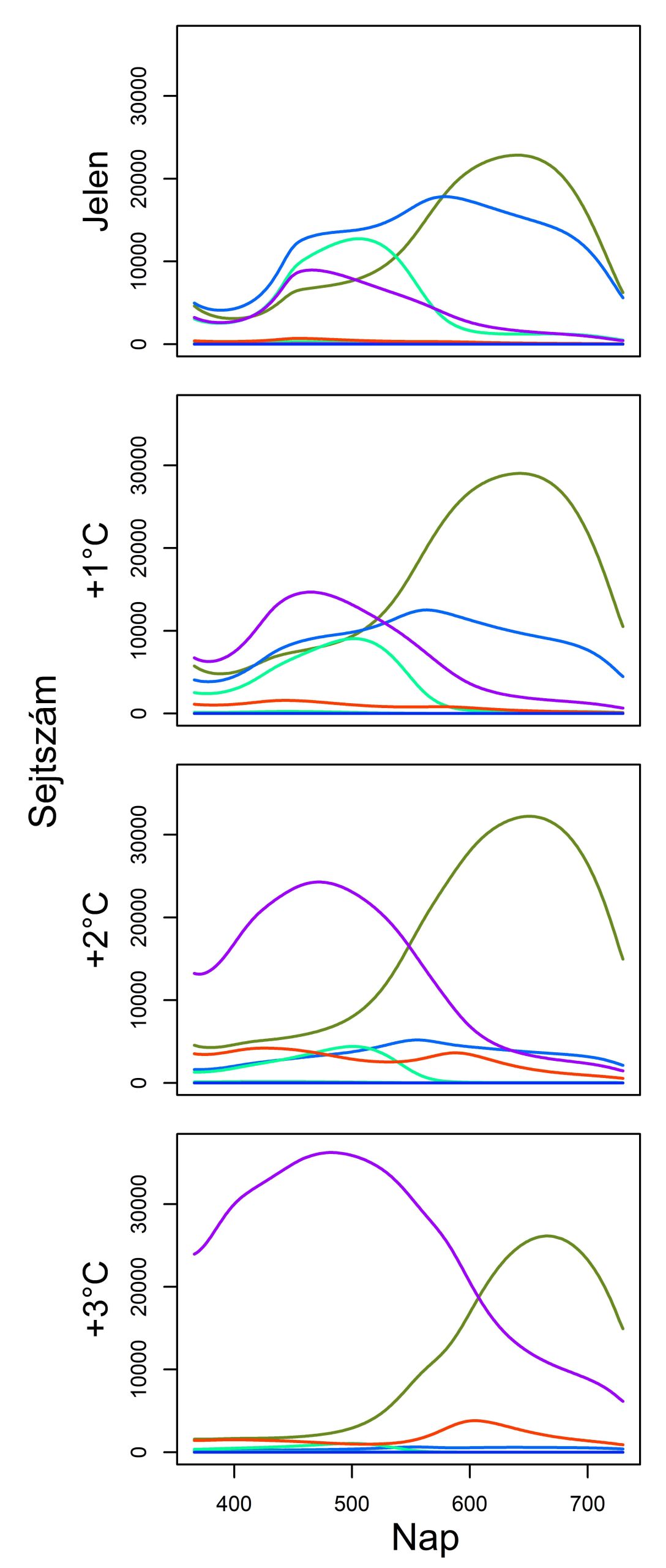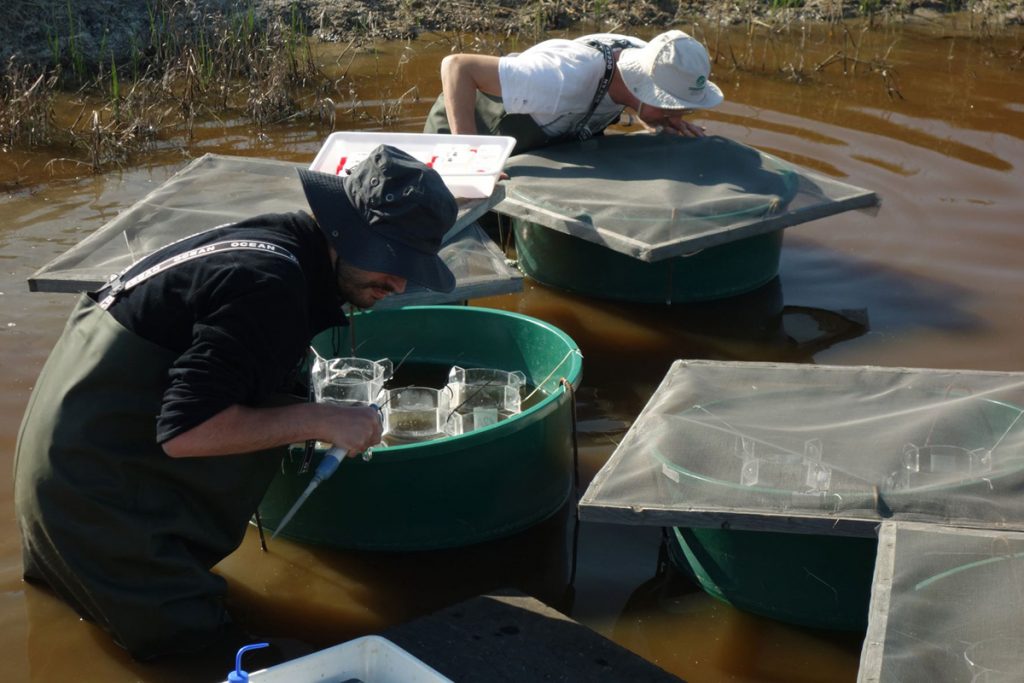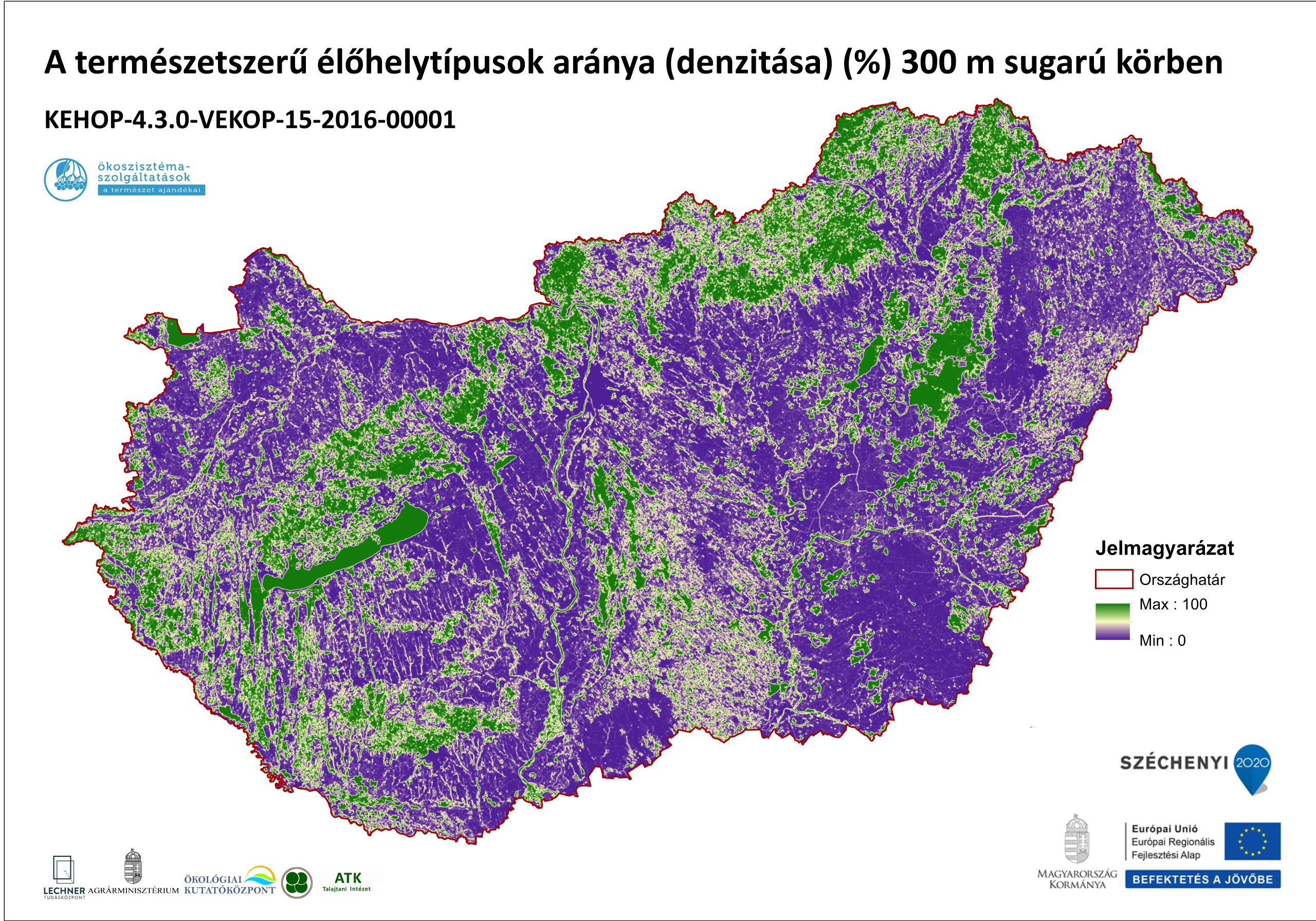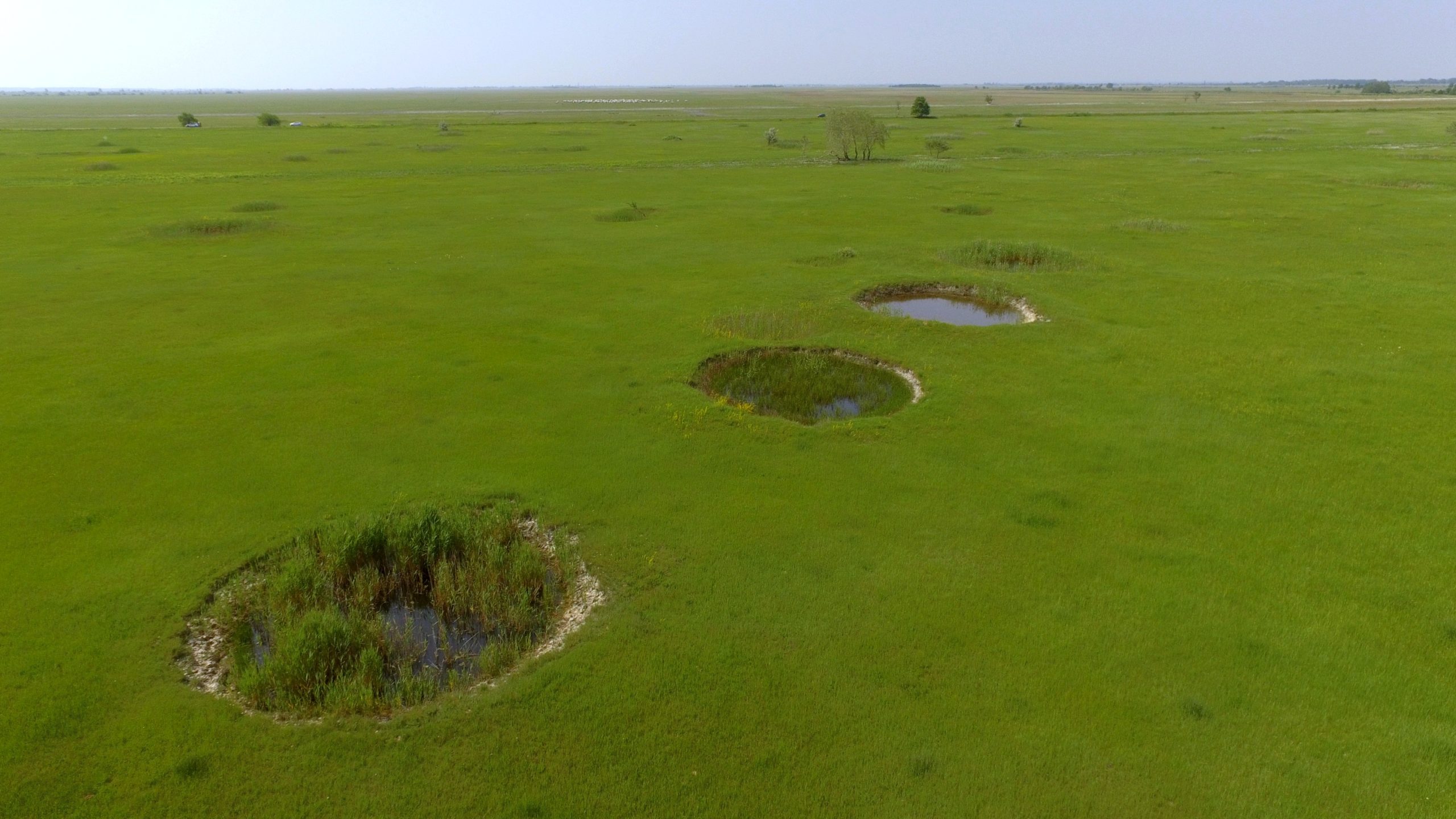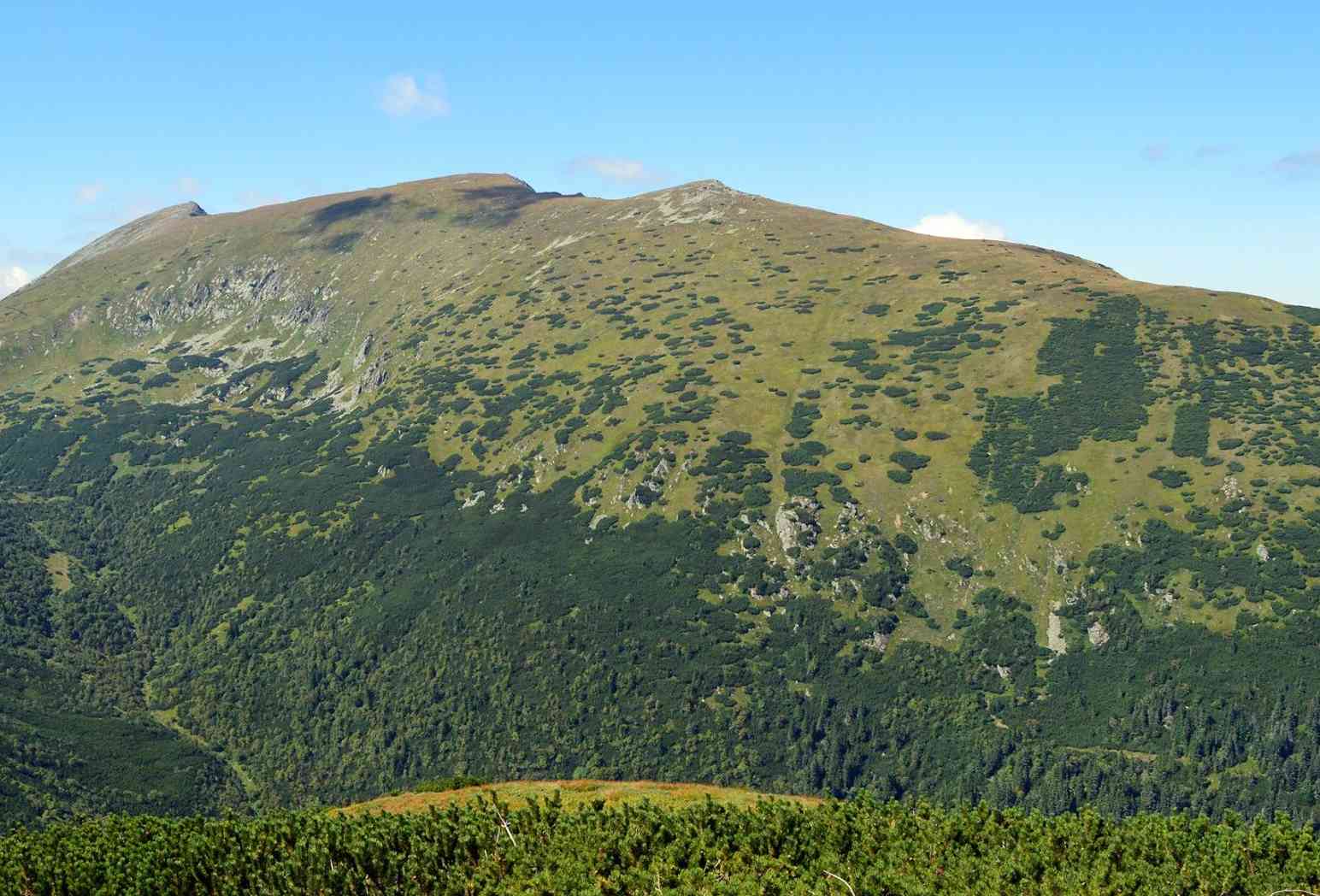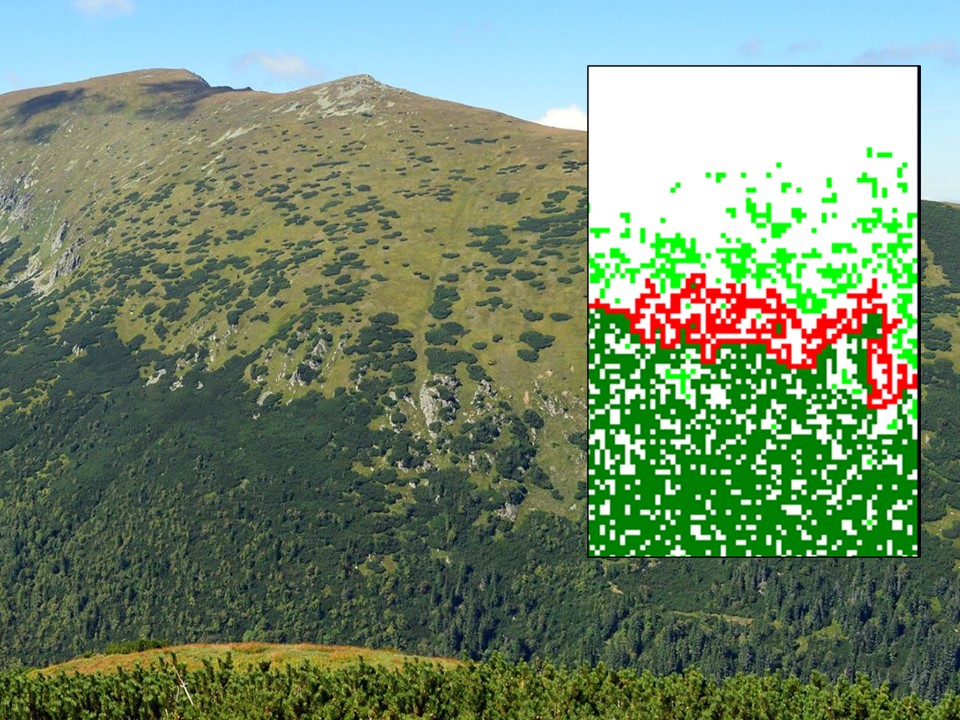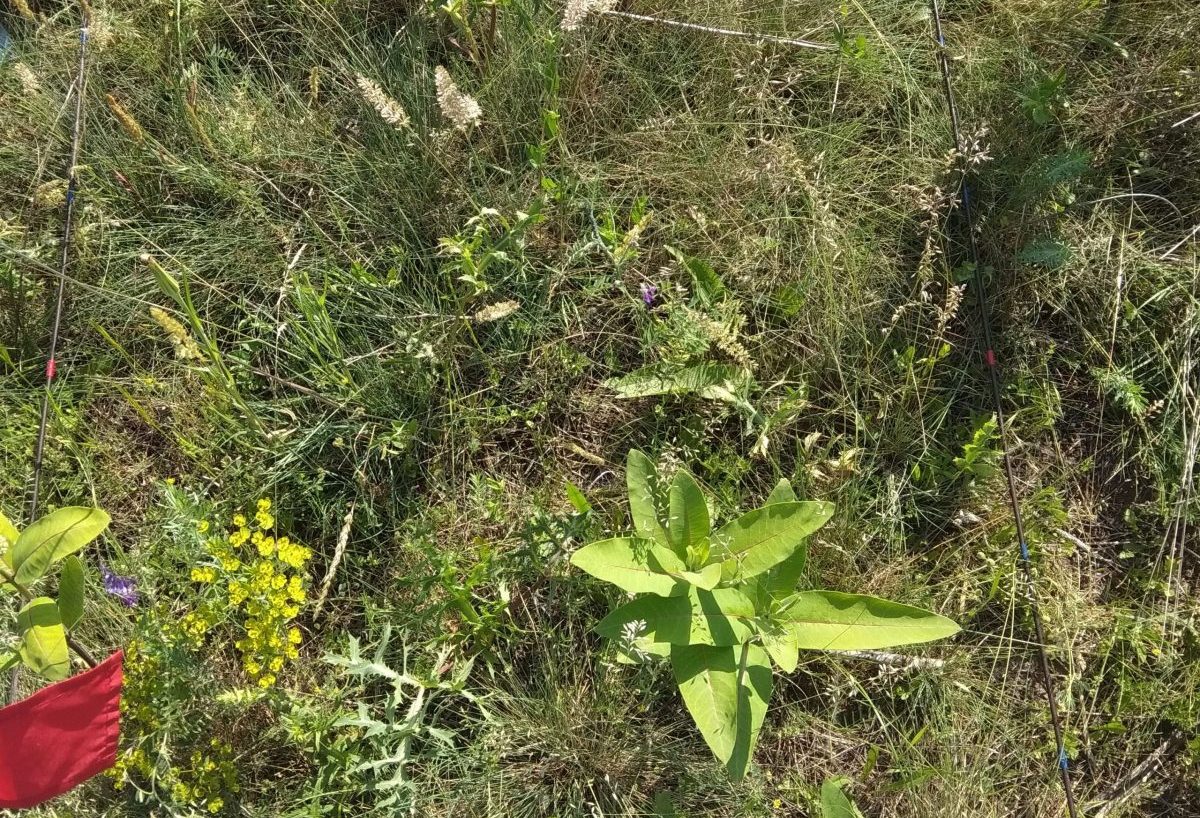
Land use change and the increased agrochemical use associated with agricultural intensification significantly alter farmland biodiversity and associated ecosystem services worldwide. Vineyards as ecologically, culturally, and economically important agroecosystems, are particularly vulnerable, facing numerous pests and diseases while only a small proportion adopt sustainable management practices. Nevertheless, under suitable conditions, vineyards can support diverse and abundant predator communities capable of delivering effective natural pest control services. Birds and bats, in particular, play a key role by consuming large quantities of insect pests. However, their contribution to biological control – especially in European permanent crops – remains understudied.
The collaborative study conducted by researchers from the HUN-REN Centre for Ecological Research and the University of Milan investigated the role of flying vertebrate predators – birds and bats – in vineyard natural pest control. Their findings, published in the Journal of Applied Ecology, demonstrate that these predators not only help regulate pest populations but also increase economic benefit to farmers.

Using exclusion experiments in Hungarian vineyards with differing pest management regimes (organic farming vs. integrated pest management) and landscape contexts (forested vs. open, agricultural landscapes), the authors examined how birds and bats influence arthropod densities and related ecosystem functions. They recorded bird densities and bat activity, as well as the abundance of a key grape pest – the European grapevine moth (Lobesia botrana) – alongside phytophagous and predatory arthropods in the grapevine canopy. Additionally, they assessed fruit damage caused by moths, herbivory from canopy-dwelling arthropods, and associated predation pressure. Results showed that forested landscapes supported greater bird and bat activity in spring and were associated with reduced fruit damage, primarily due to the suppressive effect of increased bat activity on moth populations. While management practices had no measurable effect on birds and bats, organic vineyards hosted more canopy-dwelling arthropods and faced greater leaf herbivory, although also higher predation pressure on sentinel caterpillars. Most importantly, fruit damage and herbivory were consistently higher in exclusion treatments, underscoring the role of birds and bats in mitigating herbivory and enhancing crop yield.



These results highlight the ecological and economic value of birds and bats as natural pest control agents. Dávid Korányi, lead researcher of the field experiment, explains: “The presence of these predators can be promoted by maintaining connected landscapes with native deciduous forest patches, hedgerows, and small groups of trees that offer abundant food sources and suitable nesting or roosting sites.” The study also underscores the importance of local vineyard management in pest control. The senior author of the research, Péter Batáry, adds: “Pest control services can be further enhanced through organic management, which avoids herbicides and synthetic insecticides, thereby facilitating the colonization of beneficial arthropods and strengthening pest predation pressure in vineyards.”
Publication:
Dávid Korányi, Sándor Zsebők, András Báldi, Mattia Brambilla, Máté Varga & Péter Batáry (2025). Forest cover enhances pest control by birds and bats independently of vineyard management intensity. Journal of Applied Ecology. https://doi.org/10.1111/1365-2664.70094
Requests for copies of the study and interviews can be sent to:
Dr. Dávid Korányi – HUN-REN Centre for Ecological Research: koranyi.david@ecolres.hu
Dr. Péter Batáry – HUN-REN Centre for Ecological Research: batary.peter@ecolres.hu



